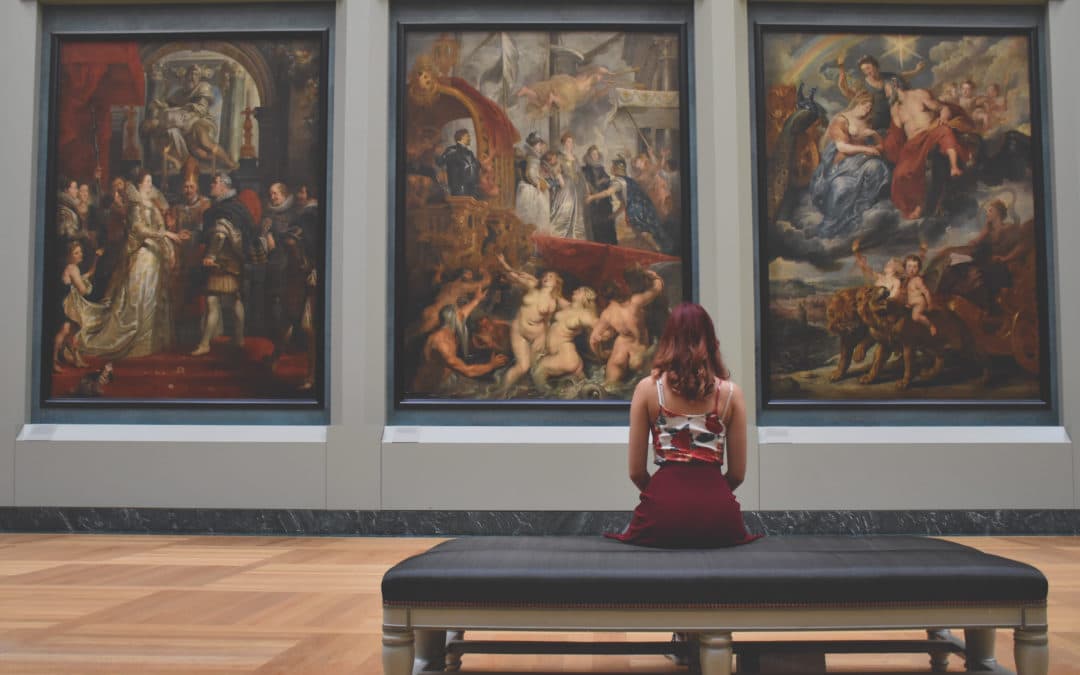Post-Traumatic Stress Disorder can be seriously debilitating, involving a whole host of physical, mental and emotional symptoms, including dulled responses to others and to the outside world. One way to alleviate such symptoms is through exposure to art.
“Post-Traumatic Stress Disorder can be seriously debilitating”
Art Exposure
A museum is a quiet and reflective environment that encourages presence in the moment as one stands or sits before a painting, sculpture or artifact. It is in this space that the traumatized brain, which is always on high alert, finds an opportunity for rest. Art invites us to awaken our sense of sight without demanding a particular interpretation of its meaning or significance. There is no need to do anything but allow the particular object to affect us, or not affect us, as it will. Perhaps a painting will trigger an emotion or an association, gently helping us to better understand ourselves. Viewing art helps people reconnect with the image-based part of the brain, which in turn helps to calm those areas of the brain that have been overtaxed by trauma
Art invites us to awaken our sense of sight without demanding a particular interpretation of its meaning or significance.
Connectivity
Museums also invite connectivity with others through the experience of viewing art together. We discover, through our own and others’ responses to art, that while we may have differing opinions as to what we like and dislike, shared human experience is depicted in painting and sculpture. Birth, death, love, joy and anguish are on display. These are themes that are universal throughout history and across the planet. Works of art tell stories, often our own stories. We can find comfort in seeing this expression of ourselves that so often cannot be articulated in words.

